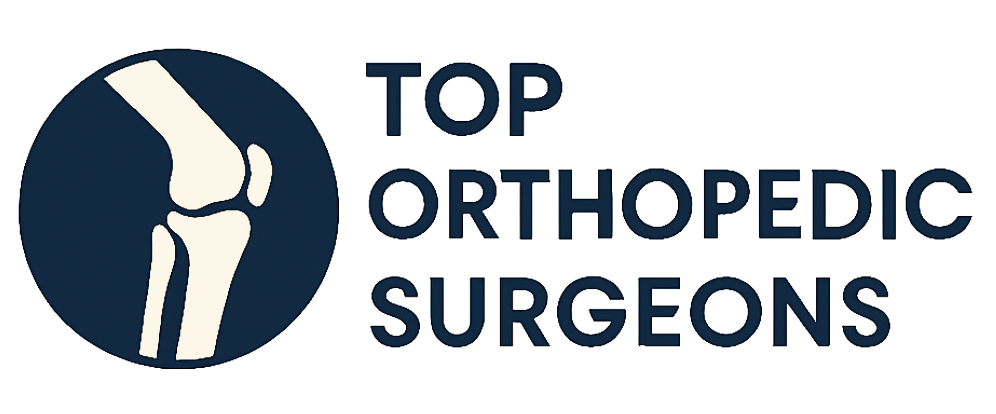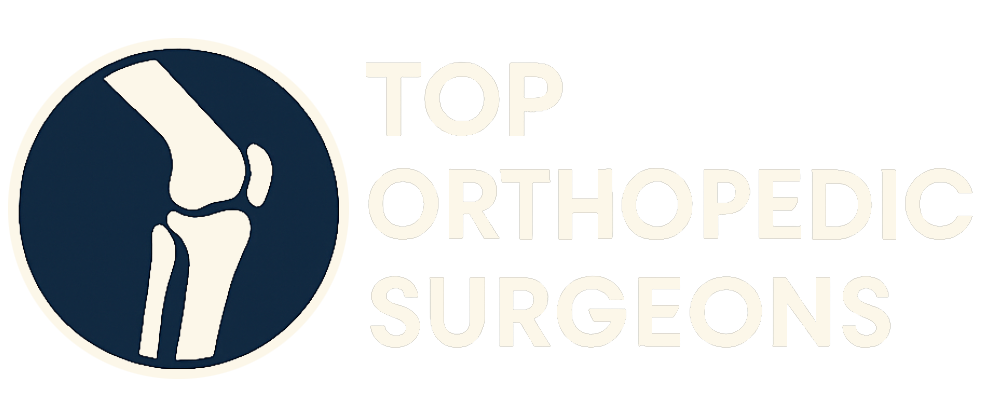Embarking on a journey through orthopedic care can feel overwhelming. Whether you’re experiencing joint pain, recovering from an injury, or considering surgery, understanding the key aspects of this field is essential for making informed decisions about your health. This guide provides a clear and supportive overview of orthopedic care, designed to empower you with the knowledge you need to navigate your treatment effectively.
Understanding Orthopedics: A Foundation for Your Health
Orthopedics is a branch of medicine focused on the musculoskeletal system. This complex system includes your bones, joints, ligaments, tendons, muscles, and nerves. Orthopedic doctors, also known as orthopedic surgeons, diagnose and treat a wide range of conditions affecting these structures. Their goal is to alleviate pain, improve function, and enhance your overall quality of life.
What Conditions Do Orthopedic Doctors Treat?
The scope of orthopedic care is vast, encompassing a multitude of conditions that can affect people of all ages. Here are some common issues orthopedic doctors address:
- Arthritis: This degenerative joint disease causes pain, stiffness, and swelling. Osteoarthritis and rheumatoid arthritis are two prevalent types.
- Fractures: Broken bones require expert care to ensure proper healing and alignment.
- Sprains and Strains: These injuries involve stretched or torn ligaments (sprains) and muscles or tendons (strains).
- Back Pain: From muscle strains to disc problems, orthopedic doctors can help diagnose and manage various causes of back pain.
- Hip and Knee Pain: These weight-bearing joints are susceptible to various issues, including arthritis, bursitis, and tendonitis.
- Shoulder Pain: Rotator cuff tears, dislocations, and impingement syndrome are common shoulder problems treated by orthopedists.
- Sports Injuries: Athletes often seek orthopedic care for injuries like ACL tears, meniscus tears, and stress fractures.
- Carpal Tunnel Syndrome: This condition affects the wrist and hand, causing pain, numbness, and tingling.
- Bone Tumors: Orthopedic oncologists specialize in diagnosing and treating tumors of the bone and soft tissues.
- Congenital Conditions: Some individuals are born with musculoskeletal conditions that require orthopedic intervention.
Finding the Right Orthopedic Specialist
Choosing the right orthopedic doctor is a crucial step in your care journey. Here are some factors to consider:
- Board Certification: Ensure that the doctor is board-certified in orthopedic surgery. This certification indicates that they have met rigorous standards of training and expertise.
- Specialty: Some orthopedic doctors specialize in specific areas, such as sports medicine, joint replacement, or hand surgery. If your condition requires specialized knowledge, seek a doctor with expertise in that area.
- Experience: Consider the doctor’s experience in treating your specific condition. A doctor with extensive experience is likely to have a deeper understanding of the complexities involved.
- Hospital Affiliation: Check which hospitals the doctor is affiliated with. This can provide insights into the quality of care and resources available.
- Patient Reviews: Read online reviews from other patients to get a sense of the doctor’s bedside manner and the overall patient experience.
- Insurance Coverage: Verify that the doctor accepts your insurance plan.
- Communication Style: Choose a doctor with whom you feel comfortable communicating. Effective communication is essential for understanding your diagnosis, treatment options, and recovery plan.
Preparing for Your Orthopedic Appointment
To make the most of your orthopedic appointment, preparation is key. Here are some steps you can take:
- Gather Your Medical History: Compile a list of your past medical conditions, surgeries, medications, and allergies.
- Describe Your Symptoms: Be prepared to describe your symptoms in detail, including when they started, what makes them better or worse, and how they affect your daily activities.
- Bring Imaging Results: If you have any X-rays, MRIs, or CT scans related to your condition, bring them with you.
- Write Down Your Questions: Before your appointment, write down any questions you have for the doctor. This will ensure that you don’t forget anything important during the consultation.
- Bring a Friend or Family Member: Consider bringing a friend or family member to your appointment for support and to help you remember important information.
Understanding Treatment Options
Orthopedic treatment options vary depending on the specific condition and its severity. The goal is to alleviate pain, restore function, and improve your quality of life. Here are some common treatment approaches:
- Non-Surgical Treatments:
- Physical Therapy: Physical therapy involves exercises and other techniques to strengthen muscles, improve range of motion, and reduce pain.
- Medications: Pain relievers, anti-inflammatory drugs, and muscle relaxants can help manage pain and inflammation.
- Injections: Corticosteroid injections can provide temporary pain relief in joints and soft tissues. Hyaluronic acid injections can help lubricate joints affected by osteoarthritis.
- Braces and Supports: Braces and supports can provide stability and support to injured or weakened joints.
- Lifestyle Modifications: Weight loss, regular exercise, and proper posture can help manage orthopedic conditions.
- Surgical Treatments:
- Arthroscopy: This minimally invasive procedure uses a small camera and instruments to diagnose and treat joint problems.
- Joint Replacement: This involves replacing a damaged joint with an artificial joint. Hip replacement, knee replacement, and shoulder replacement are common procedures.
- Fracture Repair: Surgery may be necessary to stabilize and align broken bones.
- Ligament Reconstruction: Torn ligaments, such as the ACL, can be surgically repaired or reconstructed.
- Spinal Fusion: This procedure involves joining two or more vertebrae together to stabilize the spine and reduce pain.
The Importance of Physical Therapy in Recovery
Physical therapy plays a vital role in orthopedic recovery, regardless of whether you undergo surgery or opt for non-surgical treatment. A physical therapist will work with you to develop a personalized exercise program to:
- Strengthen Muscles: Strengthening the muscles around the injured area provides support and stability.
- Improve Range of Motion: Restoring range of motion allows you to move more freely and comfortably.
- Reduce Pain: Physical therapy techniques can help alleviate pain and inflammation.
- Improve Balance and Coordination: Improving balance and coordination can help prevent falls and injuries.
- Restore Function: The ultimate goal of physical therapy is to help you return to your normal activities.
Understanding the Recovery Process
Recovery from an orthopedic injury or surgery can take time and effort. It’s important to be patient and follow your doctor’s instructions carefully. Here are some tips for a successful recovery:
- Follow Your Doctor’s Instructions: Adhere to your doctor’s recommendations regarding medication, activity restrictions, and wound care.
- Attend Physical Therapy Sessions: Consistent attendance at physical therapy sessions is crucial for restoring function and preventing complications.
- Manage Pain Effectively: Take pain medication as prescribed and explore other pain management techniques, such as ice and heat therapy.
- Get Enough Rest: Adequate rest is essential for tissue healing and recovery.
- Eat a Healthy Diet: A nutritious diet can provide the building blocks your body needs to repair itself.
- Stay Active Within Your Limitations: Engage in light activities that are within your pain tolerance level to maintain muscle strength and prevent stiffness.
- Communicate With Your Healthcare Team: If you experience any problems or concerns, don’t hesitate to contact your doctor or physical therapist.
Preventing Orthopedic Problems
While not all orthopedic problems are preventable, there are steps you can take to reduce your risk of injury and maintain musculoskeletal health:
- Maintain a Healthy Weight: Excess weight puts extra stress on your joints, increasing the risk of arthritis and other orthopedic problems.
- Exercise Regularly: Regular exercise strengthens muscles and bones, improving stability and reducing the risk of injury.
- Use Proper Lifting Techniques: When lifting heavy objects, bend your knees and keep your back straight to avoid strain.
- Wear Appropriate Footwear: Wear shoes that provide good support and cushioning, especially during physical activities.
- Practice Good Posture: Maintaining good posture can help prevent back pain and other musculoskeletal problems.
- Warm Up Before Exercise: Warming up before exercise prepares your muscles and joints for activity, reducing the risk of injury.
- Cool Down After Exercise: Cooling down after exercise helps your muscles recover and prevents stiffness.
- Get Enough Calcium and Vitamin D: Calcium and vitamin D are essential for bone health.
Empowering Yourself Through Knowledge
Navigating the world of orthopedic care requires understanding, preparation, and proactive engagement. By arming yourself with knowledge about orthopedic conditions, treatment options, and recovery processes, you can confidently participate in your healthcare decisions and work towards a healthier, more active life. Remember to consult with qualified orthopedic professionals to receive personalized guidance and treatment tailored to your specific needs. This journey is about empowering you to take control and achieve the best possible outcome for your musculoskeletal health.


